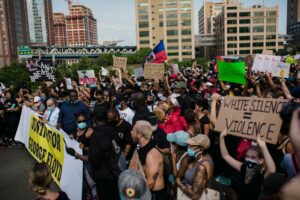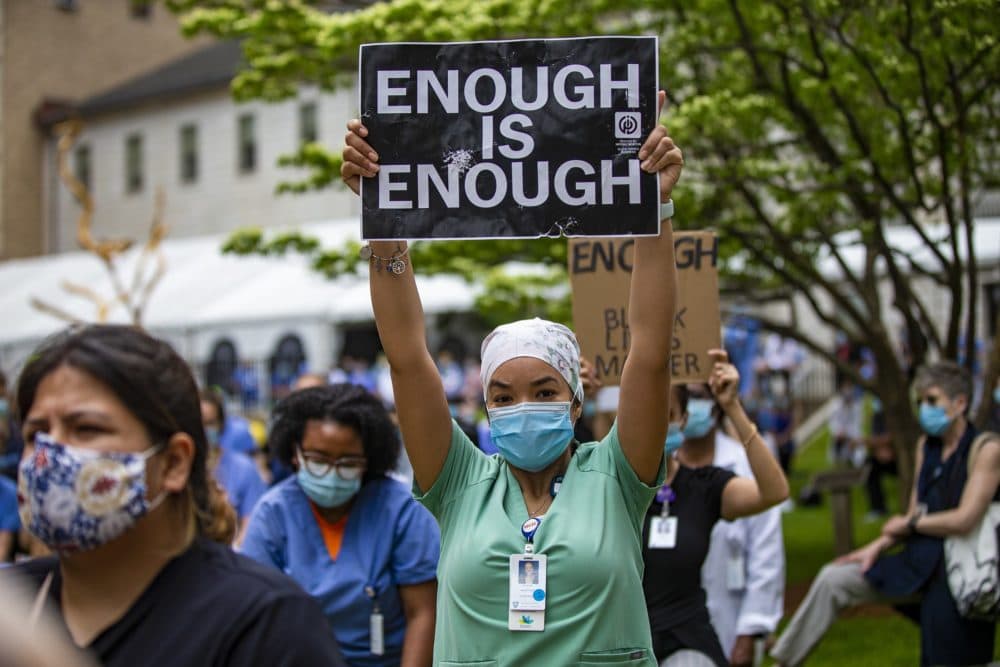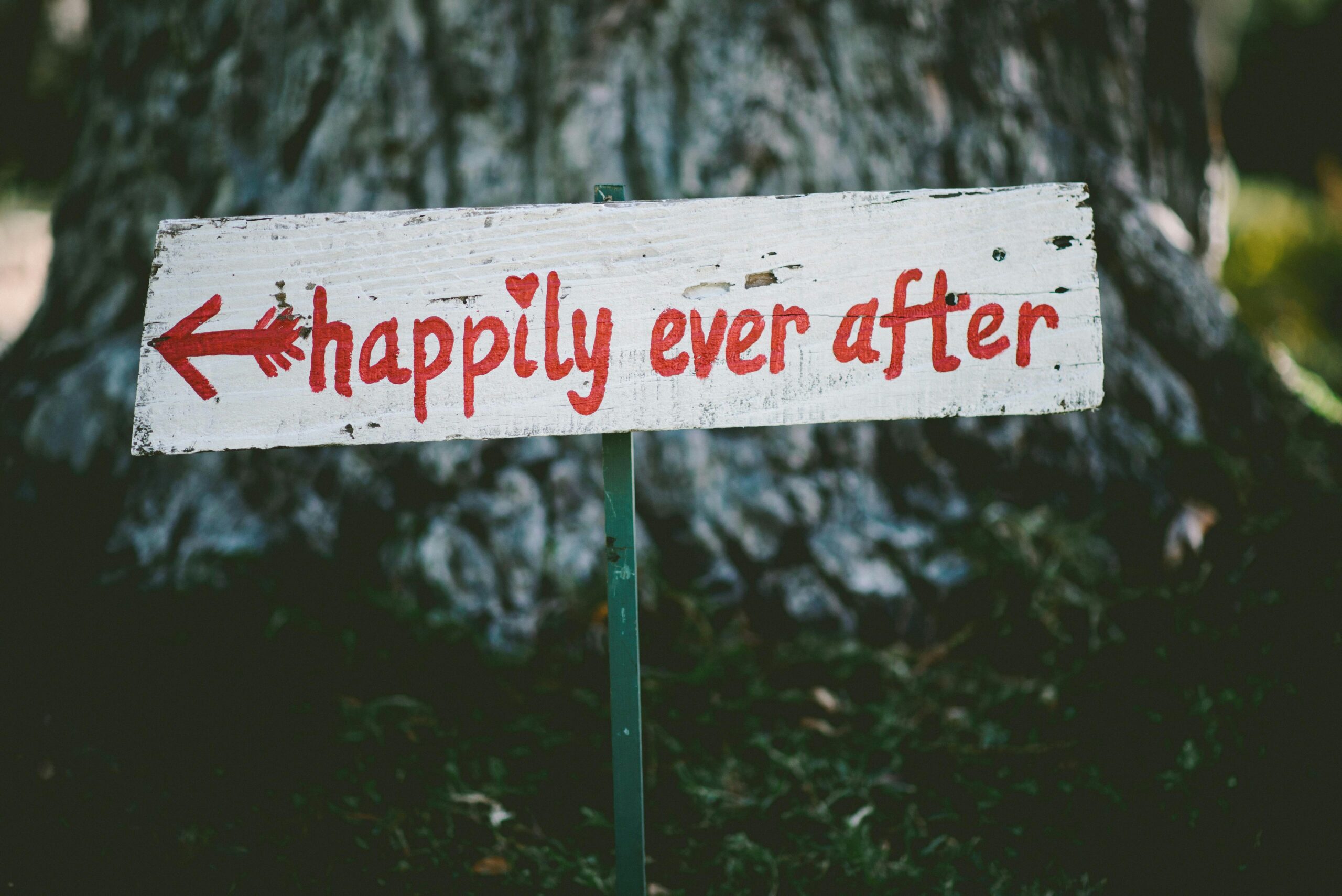
Even in the midst of a pandemic, life goes on. Unfortunately, that also means that hateful behavior also goes on. Over the course of the last few months, there have been three incidents that require us to consider how and why people hurt one another because of their race.
The first incident involved Georgia resident Ahmaud Arbery. He was shot and killed by a father and his adult son while jogging. The shooters thought Arbery looked like someone accused of theft in their neighborhood. A third man filmed the incident and has since been arrested for his role in trying to detain Arbery with his vehicle.
The second incident involved George Floyd, a resident of Minnesota. He was accused of forgery, arrested, and handcuffed by police. While lying on the ground next to the police car, Floyd was suffocated by a police officer kneeling on his neck. Video from the scene shows that Floyd and onlookers begged for his life because he could not breathe. Sadly, this case harkens back to the killing of Eric Garner by a police officer in 2014.
The third incident involved New Yorker and avid bird watcher Christian Cooper. He was in Central Park in an area that requires that dogs be leashed. A woman was letting her dog run off-leash, so he asked her to put her dog on a leash. That’s it. Her response was to call the police and report that Cooper was threatening her life. The video that Cooper took at the scene clearly shows no threats were made. What does each of these incidents have in common? All the victims were African-American. All the perpetrators were White. All the incidents point to a persistent and disturbing undercurrent in our society.

Sociologically speaking, these incidents are not simply about race, a socially constructed category of people based on real or perceived physical differences. The color of a person’s skin does not cause them to shoot another person or suffocate someone. There are billions of people around the world, and millions in the U.S., who would never dream of hurting another person simply because their skin color is lighter or darker. Yet, these types of incidents persist. While one could easily say that these cases are cut-and-dried examples of prejudice, a preconceived judgment or opinion of other people and races that lead to preferring one kind of person over another, and racial discrimination, unfair or differential treatment of individuals and groups based on race and ethnicity, these cases are more than that. These incidents speak to the broader trend of racial profiling, action taken against members of a minority group based on things other than personal behavior. One could argue that of the three incidents, Floyd was accused of a crime and in the process of being arrested. However, forgery is not an executional offense, and suffocating someone is not part of the police job description.

In addition to racial profiling, one also has to consider the role of white privilege, an invisible package of unearned assets held by Whites, in the actions of the perpetrators. The woman videotaped in Central Park specifically tells Cooper BEFORE making the call that she will tell police he is a Black man. As a White woman, she chose to weaponize race to her advantage. Even though she was in the wrong for not having her dog on a leash, she felt confident in calling the police on an innocent man. That is white privilege.
Thompson is a co-owner of UITAC Publishing. UITAC’s mission is to provide high-quality, affordable, and socially responsible online course materials.
Images used in this blog:
- Photo by Joshua Santos is licensed on Pexels. This image has not been altered.
- “Wandbild Portrait George Floyd von Eme Street Art im Mauerpark (Berlin)” by inglespeedfahrer is licensed under CC0 1.0. This image has not been altered.
- “Crowd of Protesters Holding Signs” by Life Matters is licensed on Pexels. This image has not been altered.




